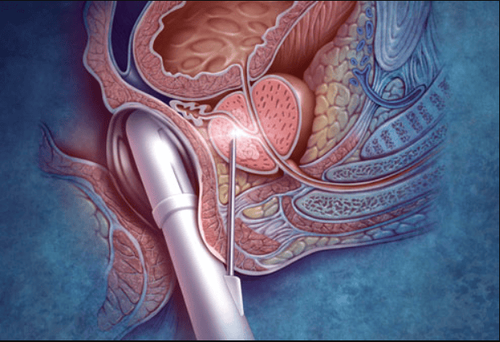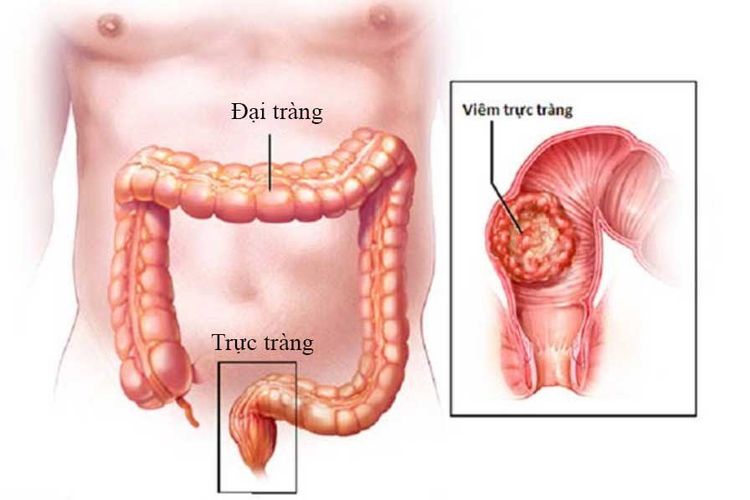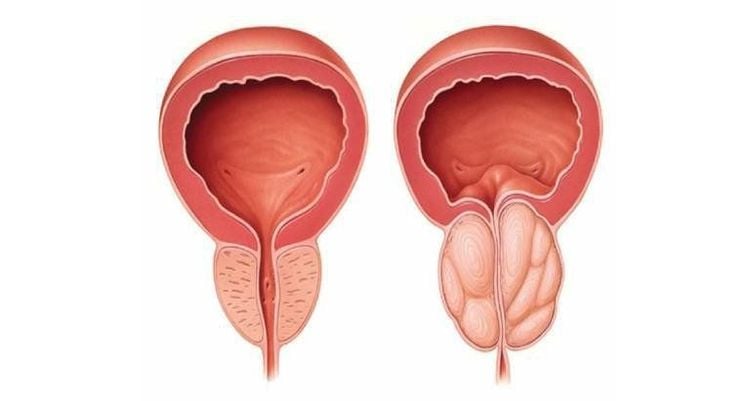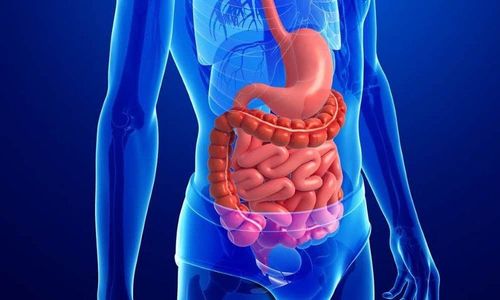This is an automatically translated article.
This article is professionally consulted by Master, Doctor Hoang Van Lan Duc - Doctor of Radiology - Department of Diagnostic Imaging and Nuclear Medicine - Vinmec Times City International General Hospital. The doctor has more than 10 years of experience in the field of imaging, especially in diagnosing with emergency internal, surgical, abdominal, thoracic, musculoskeletal, nerve and thyroid, breast, ...Rectal transducer ultrasound is an ultrasound technique performed with a specialized ultrasound probe that allows assessment of the uterus and ovaries (female); prostate gland, seminal vesicles (men) and subretinal components with high accuracy, fast.
1. What is transrectal ultrasound?
Transducer ultrasound is a popular imaging method because of its high accuracy. This method is performed with a specialized ultrasound probe that allows assessment and detection of abnormalities.Rectal transvaginal ultrasound is an intensive ultrasound technique performed by doctors who have been trained in obstetrics and gynecology ultrasound pathology and techniques, rectal ultrasound pathology and techniques, and rectal ultrasound techniques. performed with a specialized ultrasound probe that allows assessment of the uterus and ovaries (female); prostate gland, seminal vesicles (men) and subretinal components with high accuracy, fast.

2. Some common diseases in the rectum
As one of the parts of the colon, the rectum assumes the main roles of retaining waste products, participating in the process of supporting the digestive system and eliminating excess and unnecessary substances out of the body. possible through the faeces. When food is contracted by the stomach and digested into a liquid, it passes through the small intestine, then to the colon and finally the rectum. The bacteria in the colon will receive the food and break it down. What is excess, not useful for the body or not digestible, the rectum will keep.And the main function of the rectum is defecation. If this organ has a problem, the waste in our body will not be pushed out. As a position that often has to work with waste, this agency is at risk of contracting dangerous diseases. Some common rectal diseases include:
Proctitis: This is a common disease of the rectum, caused by the habit of drinking alcohol. In addition, the elderly are more susceptible to proctitis due to impaired function of the digestive system. Symptoms of the disease include: weight loss, diarrhea, high fever, lower abdominal pain. Rectal prolapse: The cause of the patient's rectal prolapse is due to the birth process, which causes the rectum to be pulled away; Women who have had a hysterectomy are also at increased risk for rectal prolapse. Besides, the disease is also common in children (congenital type) and elderly people over 60 years old. Symptoms of rectal prolapse are easy to recognize. Specifically, patients often have symptoms of constipation, diarrhea, defecation many times a day, thin and weak body, often have a feeling of heaviness in the lower abdomen. Rectal cancer: Rectal cancer is an extremely dangerous rectal disease, with a high mortality rate. The cause of rectal cancer is mainly genetic, bad habits that harm the rectum (eg drinking alcohol, smoking, ...) or diseases related to the organ. this when not completely treated.

3. When is transrectal ultrasound indicated?
The transrectal ultrasound method is indicated in the following cases:Indicated for the evaluation of obstetric and gynecological diseases in female patients unable to perform transvaginal ultrasound. Diagnosis and biopsy in prostate cancer pathology. Consider lesions in the seminal vesicles, vas deferens, and urethra when there are symptoms of infertility, bloody ejaculation, pain during ejaculation in men,... Evaluation of lesions on the rectal wall, causes anal fistula and causes of intra-pelvic tumor. The transrectal ultrasound method is contraindicated in the following cases:
In case the patient has a severe infection. The patient has signs of physical exhaustion... Suffering from a number of diseases such as: cardiovascular, respiratory, blood clotting disorders Rectal narrowing due to tumors or inflammation or internal hemorrhoids.

4. Steps to conduct transrectal ultrasound
Step 1: The doctor examines the patient's whole body to rule out contraindications of this method. Step 2: Clean enema and prophylactic antibiotics (oral or injected) 1 day before biopsy for the patient (if the patient has an indication for biopsy in prostate cancer) and ask the patient to fast for at least 6 hours before the procedure and urinating before the ultrasound. Step 3: Instruct the patient to lie on the left side, with the knee bent for the patient, place an intravenous line, install a monitor to monitor breathing, pulse, blood pressure, electrocardiogram, SpO2 and pre-anesthesia for the patient. Step 4: Conduct rectal ultrasound by inserting the probe gently around the anus. The transducer emits sound waves and captures the signal. Step 5: When in doubt, a transrectal ultrasound-guided biopsy should be performed. Then, place the biopsy specimen in the vials containing the specimen holding solution and number the sampling sites on each vial, and then send the biopsied specimens to the pathology department.Please dial HOTLINE for more information or register for an appointment HERE. Download MyVinmec app to make appointments faster and to manage your bookings easily.














